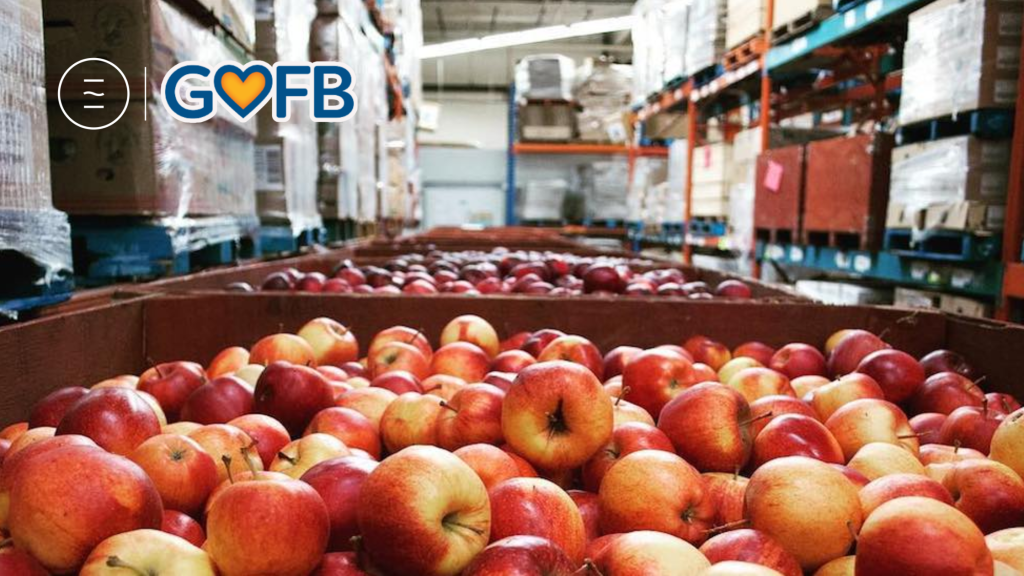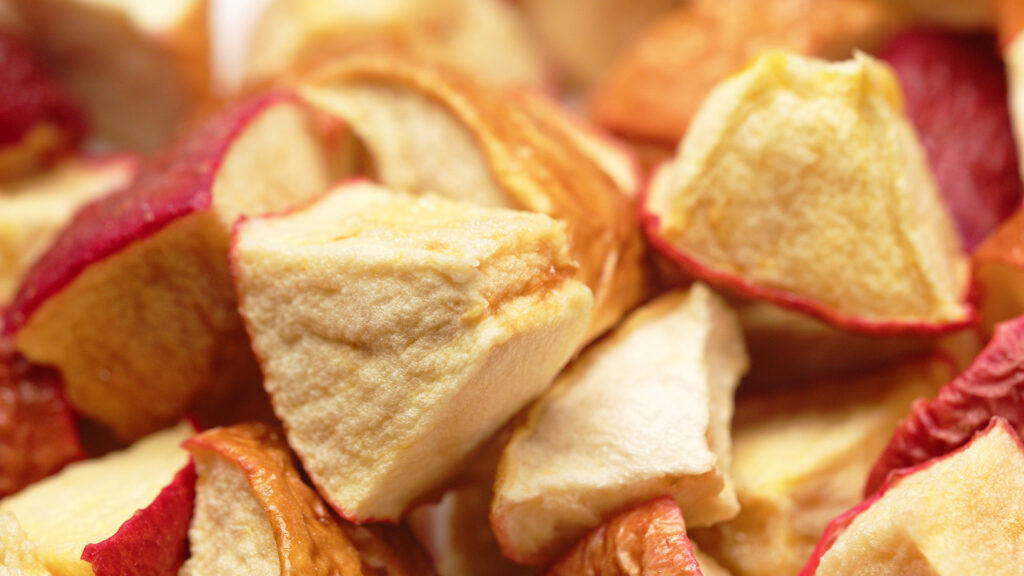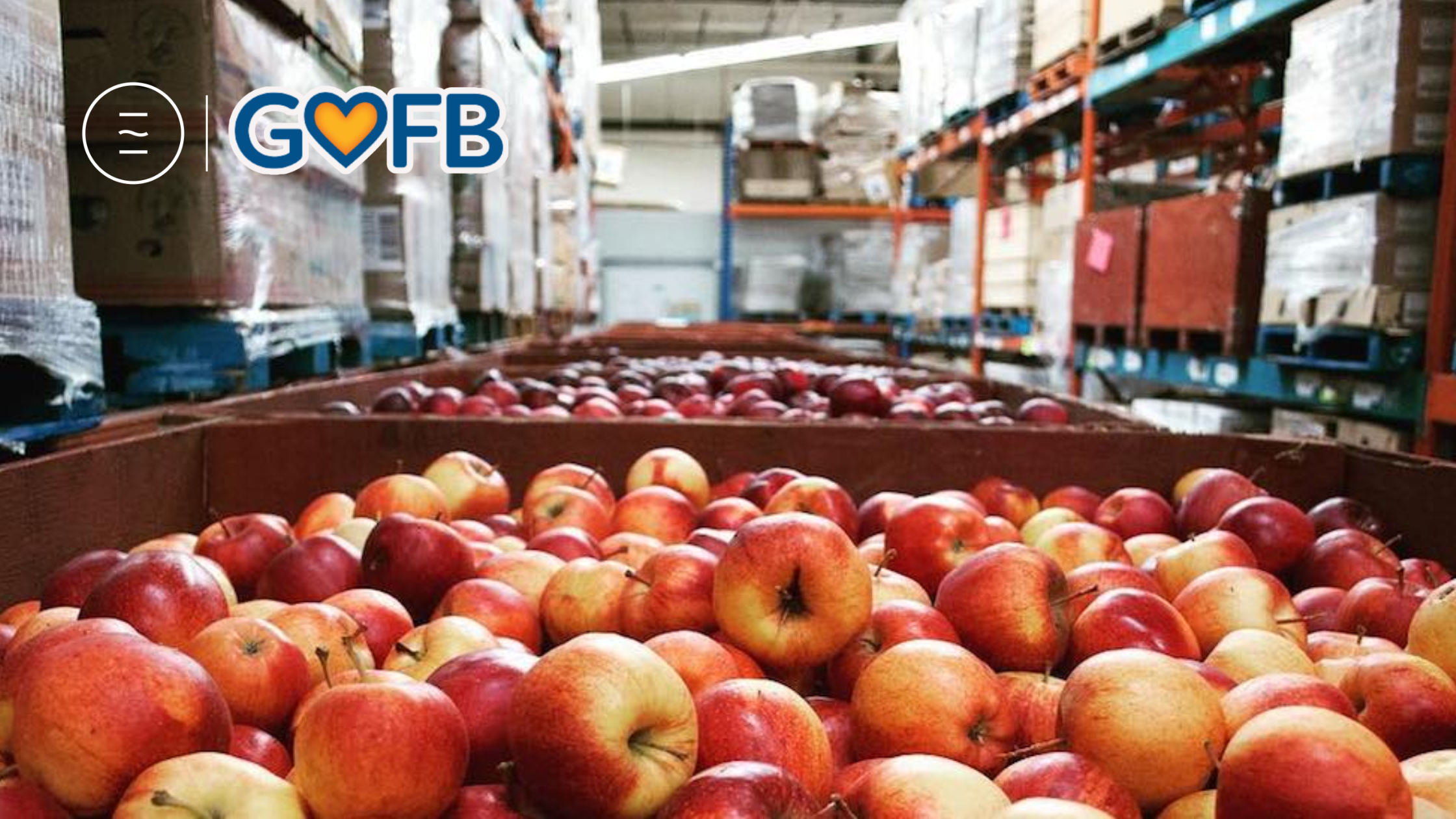How food tech is powering a smarter food system
Every day, truckloads of fresh fruits and vegetables arrive at food banks across Canada. Beautiful but imperfect produce rescued from local farms, greenhouses, and distributors. But saving food is only half the challenge. Preserving its nutrition, flavor, and quality long enough to feed those in need is where the real work begins.

Giving ugly produce a second chance
When a trailer arrives at the Greater Vancouver Food Bank (GVFB) loaded with fresh apples, cucumbers, or tomatoes (many with only cosmetic imperfections) there’s no time to waste. Some of it can be distributed fresh, but often, the sheer volume means decisions have to be made quickly: how much goes into cold storage, how much can be distributed immediately, and what can be preserved for future use?
Like many food recovery organizations, the GVFB is working at the intersection of urgency and innovation. And with food insecurity growing across Canada, local food preservation has never been more important.
One approach the GVFB is investing more into is food dehydration. Preserving fresh fruits and vegetables using low-temperature drying technologies allows food banks and nonprofit groups to extend the usable life of their produce. It also means schools, shelters, and community partners get access to nutritious and shelf-stable options, such as dried fruit snacks, long after the harvest window has passed.
While the food bank has traditionally leaned on commercial freeze drying methods, a growing number of solutions are emerging to make large-scale preservation easier, faster, and more cost-effective. Among these is microwave dehydration, a method developed to provide a smarter way to dehydrate food without damaging nutrients or adding unnecessary processing steps.
How our drying choices impact the fight against food waste
One in three food bank clients in Vancouver is a child. School meal programs and community kitchens depend on nutritious, non-perishable options, which are difficult to guarantee with short-lived produce.
Traditional industrial freeze dryers can do tremendous work, but they also present challenges. These systems are expensive to install, energy-intensive to operate, and can take 12 to 48 hours to fully dry products. That time delay can be a barrier when pallets of perishable food are on the line, and many nonprofits simply don’t have the resources or staff hours to maintain those machines at scale.
In contrast, microwave drying equipment offers an option that’s more energy-efficient and considerably faster. At EnWave, we’ve partnered with organizations like the GVFB to support projects that make it easier to process and preserve food using a faster, lower-footprint drying method known as vacuum microwave dehydration (VMD).
By using gentle microwave energy in a vacuum, rather than high-volume airflow or freezing conditions, this system can turn surplus fruits and vegetables into light, nutritious snacks or inclusions in under an hour, naturally retaining flavor and color.
Why this matters for upcycled ingredients
Canada produces billions of pounds of edible food that never leave the farm. Whether it’s visually imperfect peppers, overripe apples, or carrots that don’t meet grading specs, the reality is that these foods are often discarded, even though they are still high in nutritional value.
The fast-growing upcycled food products industry, valued at $54 billion globally, is targeting this problem directly. By transforming surplus or cosmetically imperfect ingredients into shelf-stable products, brands and nonprofits can serve two goals at once: reduce food waste and increase access to affordable, nutritious food.
And Canadians are on board. A study cited by Innova found that 62% of consumers are willing to pay more for products that fight food waste. That level of consumer buy-in is creating new opportunities for food rescue organizations and innovative processors alike.
Microwave dehydration plays a special role here. Where traditional commercial freeze drying is limited by long drying times, high energy consumption, and large equipment footprints, VMD offers a compact, scalable, and lower-cost solution for companies and organizations looking to create high-quality dried food products from rescued produce.
What sets vacuum microwave dehydration apart
At its core, vacuum microwave dehydration is designed to overcome the limitations of traditional food dehydration systems without compromising on nutrition or texture. In this process, food is dehydrated using microwaves in a vacuum chamber, which lowers the boiling point of water. This allows for efficient moisture removal at lower temperatures; keeping sensitive enzymes, vitamins, and phytonutrients intact.
Let’s break down what that means for teams managing food processing, product development, or those ready to transition from conventional commercial freeze dryers to more adaptive solutions.
Vitesse
Drying fruit or vegetables using vacuum microwave methods takes a fraction of the time compared to freeze drying or convective hot-air systems. What may take 24 hours in an industrial freeze machine can sometimes be done in under 60 minutes with microwave dehydration. For organizations dealing with perishable donations, that timing can impact how much food is rescued or lost.
Energy efficiency
With no costly freezing stage and much shorter operation cycles, microwave drying systems use significantly less energy than legacy systems. This is particularly important for nonprofits or lean operations looking to minimize operating costs while maximizing output.
Product quality
Color, aroma, and nutrition are all better preserved in VMD systems, resulting in fruit and vegetable snacks that look as vibrant as they taste. Many processors will find they can skip added colors, stabilizers, or flavoring agents, aligning with the clean label standards increasingly expected by modern consumers.
Flexibility
While commercial freeze drying systems often require batch production and large-scale infrastructure, microwave drying technology is available in a range of system sizes, from pilot-scale and R&D equipment to full commercial throughput. This allows small food businesses, co-packers, and nonprofit partners to scale as they grow, without needing to over-invest up front in complex infrastructure.

Supporting local food security with scalable technology
The GVFB is laying the groundwork for a more resilient food security system. Better yet, they are doing so much more with food that once had no destination.
Apple snacks that would have once gone to compost bins are now reaching classrooms. Dried vegetables that were too ripe for extended refrigeration are now being included in school lunch programs. Leveraging dehydration technology has enabled them to stabilize a wide variety of fruits and vegetables without relying entirely on freezing, which not only lowers energy use but also reduces the need for refrigerated transport.
As food insecurity grows; made worse by climate disruptions, economic uncertainty, and global supply chain tensions; localized solutions like this are rising to meet the challenge. Food preservation is a necessity, and the right technology helps it happen more safely, affordably, and sustainably.
An alternative to industrial freeze drying
While industrial freeze dryers will remain essential in some pharmaceutical and specialty applications, their use in broader food rescue, snack development, and clean-label food creation is being re-evaluated. Processing technology needs to keep pace with innovation, and that includes adopting systems that better align with today’s priorities: reduced waste, operational efficiency, and food equity.
Vacuum microwave dehydration addresses these modern goals.
That’s exactly why the GVFB and its partners are exploring this method alongside conventional freeze drying, testing how it supports different types of produce, volumes, and contributors. The ability to process everything from mushrooms to berries to root vegetables with minimal waste and high nutritional retention means fewer barriers to community nourishment.
Looking ahead
The future of food processing is decentralized. It’s flexible, energy-aware, and driven by community need. As projects like the GVFB have shown, whether you’re developing a new product or preserving food for later distribution, the equipment you choose makes a real difference in what’s possible.
EnWave is proud to support efforts that use science and technology to feed people, not landfills. And if your organization or brand is looking to scale drying capacity or shift away from high-cost, high-footprint systems like commercial freeze dryers, the next step might be faster, easier, and more sustainable than you think.
To learn more about how our vacuum microwave dehydration technology is powering food innovation across 5 continents, reach out to the EnWave team or explore enwave.net.


